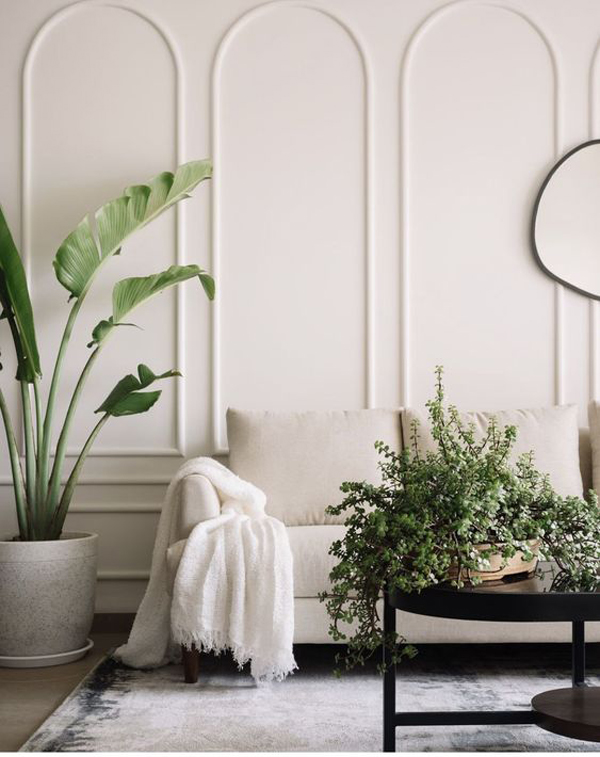
When you want to decorate a room, walls are often the last choice to get attention. Usually we will focus more on patterns, colors and accents that make a big difference to a room. However, what if the room you have is small or you want to add a little touch without having to add a lot of items? The solution, you can try wall molding which is used to beautify walls with various stylish accents.

Definition of wall moulding
Wall molding or also often known as panel molding is a decorative element that is usually attached to the wall. This material has a basic function as a complement to the aesthetics of the interior of the house which aims to highlight certain parts of the walls. Usually made from various materials, ranging from wood, gypsum, PVC to polyurethane. The use of wall molding can be applied to various types of rooms, including living rooms, bedrooms, dining rooms, and many more.
Wall molding is divided into several types, where each type has its own function. First, there is a molding panel which is placed on the wall and functions to give the impression of a wide and tall space. Next, there is cornice molding placed at the top of the door window which functions as a divider. Another idea, there is picture rail molding which functions as a place to combine photos and artwork. And finally, there is baseboard molding which is placed at the bottom of the wall which functions to protect the wall from scratches and even impacts.

Benefits of wall molding
Apart from being a decorative element, wall molding is also popular to make a room look more luxurious and aesthetic. Apart from that, there are several other benefits that you get when adding to a room, for example giving an elegant impression. By using molding techniques on the walls, you will be able to create an impression that is elegant and beautiful but not excessive. Furthermore, wall molding also functions to cover uneven room walls, protecting the main structure from damage, thus making the house more durable. This element is usually installed at a certain height, matching the rest of the furniture. For example, molding installed from the middle of the wall to the bottom will protect the wall from collisions with furniture such as chairs or tables. Get inspired!




















Reply